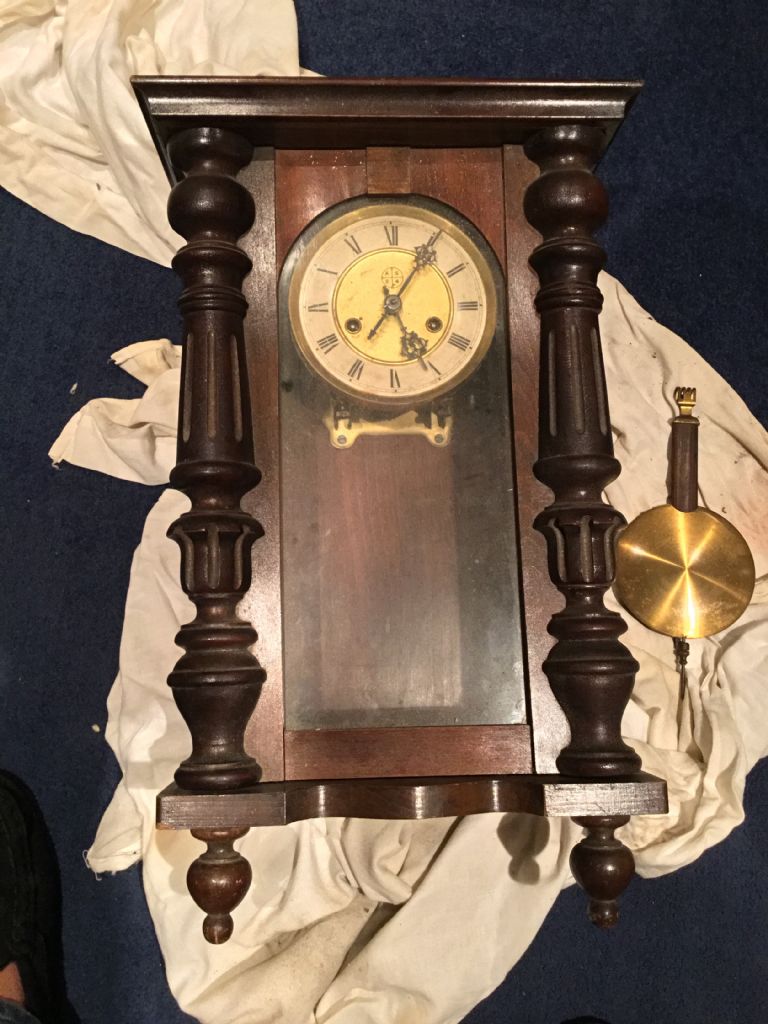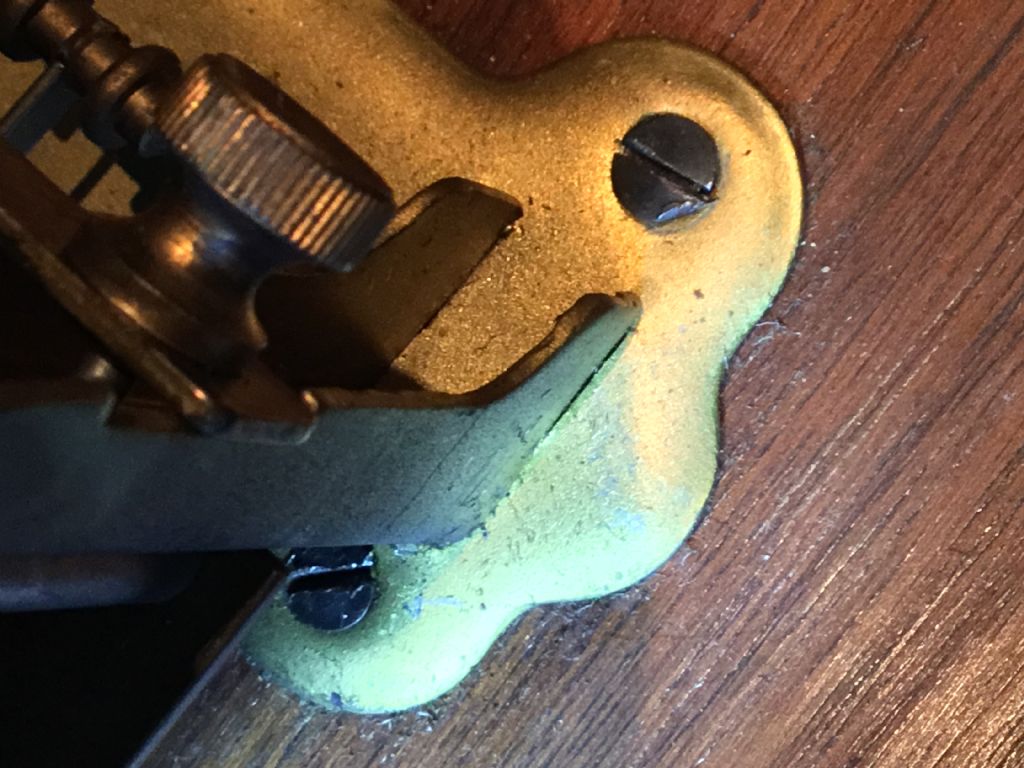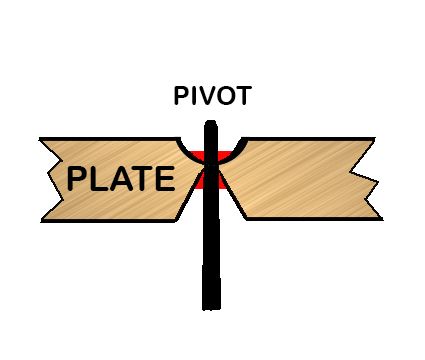Brian,
Please see my note above from this morning. I am pretty sure your clock is almost identical to mine.
Tomorrow I will hope to put up a picture of mine. It would seem sensible to suggest that you first determine whether your clock has the necessary components to support weights. Please see one of the clock parts suppliers such as HS Walsh or Cousins for some pictures of the various types of movements. I do not think I have seen a Vienna Regulator clock without weights On the matter of price, I think it unlikely your father would have given you his without an accompanying suggestion of its value if it is a Vienna. You might also have 3 winding holes on the dial.
The clock I have is totally driven by springs, for the time and for the striker.
I have done my homework on my clock to establish its provenance. That does not have the same meaning as you might hear used on 'Antiques Roadshow'.
The clock came from a house in East London, in either Bethnal Green or Shoreditch. Unfortunately as the East End was heavily bombed in WWII my father was unable whilst he was alive to show me where it came from. I think it unlikely anyone whose home was in that area in the 1920s could have afforded an expensive clock, but there were many small clock & watch retailers who may have carried these in their stock.
These clocks were mass produced in Germany and are known in the trade as Black Forest clocks. The movement is very simple and, although it has a compensating pendulum, it takes some patience over the changing seasons to keep it running to time. As you have already discovered the clock needs to be hung absolutely upright in the X, Y and Z planes. Our house has flat walls against which it is happy to live, but eventually I marked the wall to ensure the side-to-side level. As you have seen on yours the movement is adjustable in the fore&aft direction
The pendulum on your clock, whilst unlike mine in appearance has the same adjusting screw ( very sensitive) and an identical 3-hook hanger. I found it impossible to engage the hook other than in its correct position.
I hope this will help you to decide what sort of clock you own.
Jerry
Edited By Monoman on 17/10/2017 15:24:52
 Bodger Brian.
Bodger Brian.











